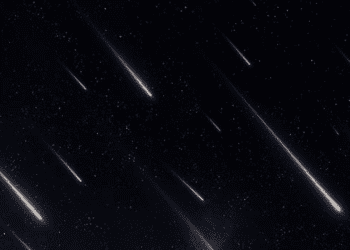TWIN boys were ritually sacrificed together at a notorious temple, scientists have found.
Researchers carried out genetic analysis on the remains of 64 children buried in the ancient city of Chichen Itza.

Scientists carried out genetic analysis on the remains of 64 children buried in the ancient city of Chichen Itza, Mexico.[/caption]
Results showed all individuals were male, and many had been buried with a relative.
Two sets of identical twins were found at the site.
Dating showed most victims lived from 800 to 1000 AD and were locals, in what is now Mexico.
The bodies were first found in 1967, but the new finding disproves earlier theories that most sacrifices were of girls.
The practice could be linked to themes about twins in Maya religion.
Harvard's Prof Christina Warinner said: “This reveals the connection between ritual sacrifice and cycles of death and rebirth in Maya texts.”
Study co-author Dr Patxi Pérez-Ramallo, of the Max Planck Institute, Germany, said: “Our findings showcase remarkably similar dietary patterns among individuals exhibiting a first- or second-degree familial connection.”
Co-author Dr Kathrin Nägele, of the Max Planck Institute for Evolutionary Anthropology, said: “Most surprisingly, we identified two pairs of identical twins.
“We can say this with certainty because our sampling strategy ensured we would not duplicate individuals.”
Taken together, the research team says their findings indicate that related male children were likely being selected in pairs for ritual activities.
Co-author Oana Del Castillo-Chávez said: “The similar ages and diets of the male children, their close genetic relatedness, and the fact that they were buried in the same place for more than 200 years point to the chultún as a post- sacrificial burial site, with the sacrificed individuals having been selected for a specific reason.”































